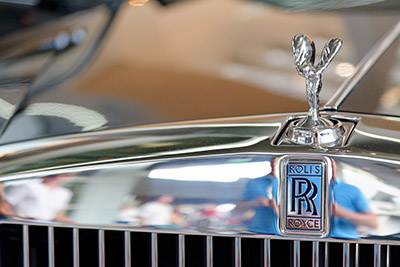Chapter 3:
Luxury Brand Marketing
Luxury products use the highest quality materials and craftsmanship to make them feel luxurious. The following three strategies are often used effectively for luxury brand marketing.
- The Clubhouse Effect – Used to create exclusivity. Not everyone can afford a $2,000 purse, so this creates rarity and builds ‘hype’. Further, luxury goods often use rare materials, which makes them unique and fuels a sense of urgency for the customer to purchase. Deliberate limiting of inventory can be effective for building ‘hype’. The Adidas Yeezy running shoe is a perfect example where demand exceeded supply and the price skyrocketed.
- Portray an Image – That image could represent classiness, timelessness, or acceptance. In a highly digitized and visual society, using images can be an effective marketing tool, especially for e-commerce. For example, the Rolls Royce website uses close-up photos to communicate high-quality craftsmanship. Images feature sleek paneling and supple leather, the glossy hood and striking interior, leading up to a final reveal of the entire car at the bottom of the page. This visual marketing strategy creates suspense and anticipation, which builds ‘hype’ and adds to the luxury persona.

3. Outstanding Service – For luxury goods, repeat purchases have an extremely high lifetime value. Retaining customers is a top priority; in a retail setting especially, exceptional service drives repeat store visits.
Price can be a powerful signal as to whether a product is perceived as luxury. High prices tend to be associated with quality and performance. With luxury brand marketing this is often achieved through customization. Luxury brands may find it much more profitable to focus on customization instead of limiting the number of orders. This allows the brand to build rapport with their existing client base instead of looking to expand – which could potentially incur higher costs and be less profitable.
Having a solid understanding of the buyer’s persona is crucial for luxury brand marketing including accurate information about shopper demographics, psychographics, values, and beliefs. Understanding the customer from a shopper insights perspective contributes to more effective luxury brand marketing.
As retailers try to bridge the gap between the convenience of e-commerce and the experience of being in a physical store, new tools are improving the customer experience. For instance, the latest virtual reality apps allow fashion retailers to try on clothes from the comfort of their home. These apps are becoming more popular with Millennials and Gen-Z with higher disposable incomes who want convenience when purchasing luxury goods.